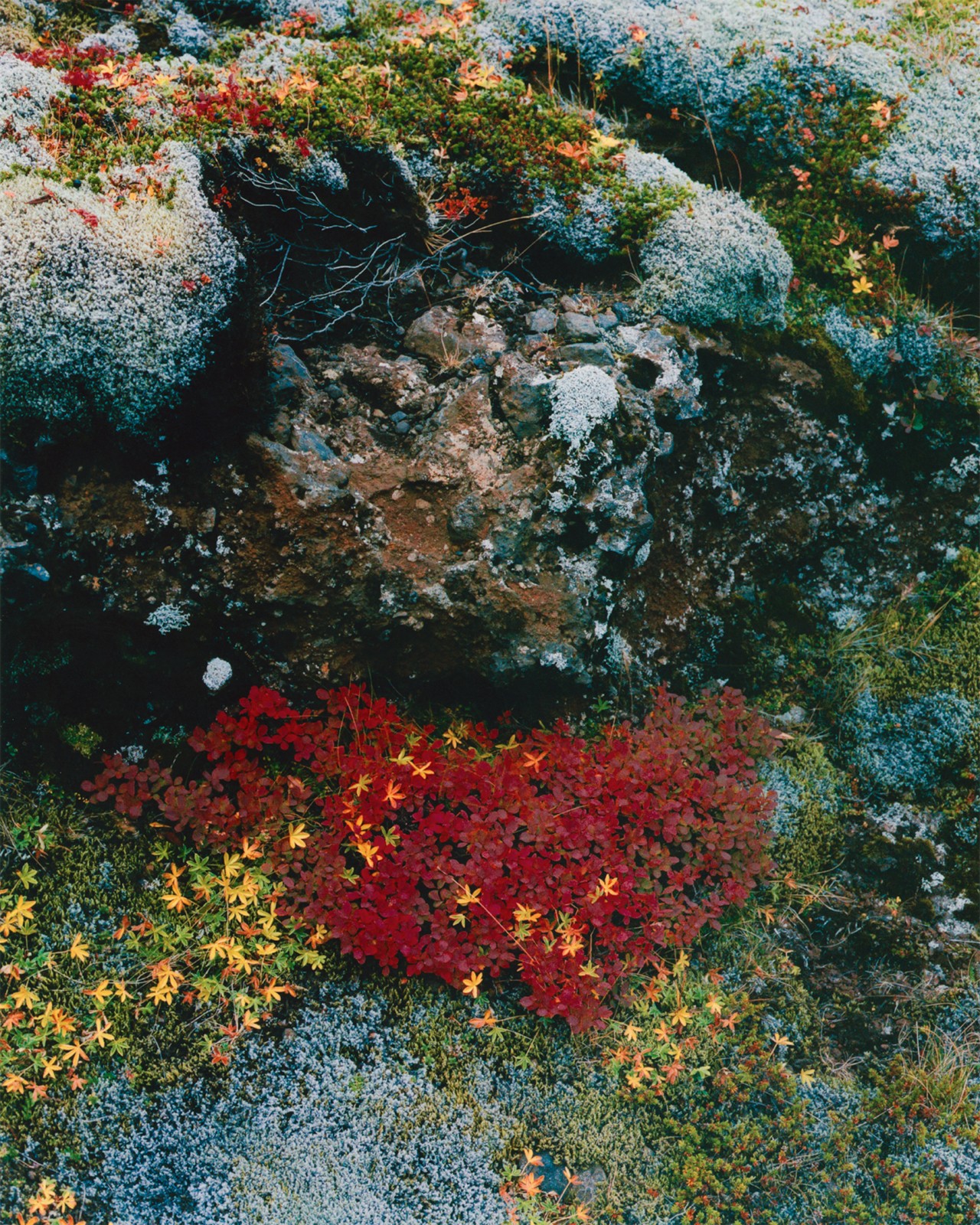

Photograph by Joshua Sneade
WORDS BY KAJA BROWN
I was 19 years old when my great-uncle told me he had the sight. I was visiting my Icelandic family in Akureyri for the first time and my great-uncle was giving me a lesson in Icelandic legends. “There, I’ve seen them there,” he said, pointing at a faraway mountain range. He said he could see ghosts and the elusive Huldufólk, or hidden people—fae elves who dwell in the rocks and only appear to some humans.
Huldufólk are thought to live parallel lives to humans. As long as we don’t disturb them, they don’t disturb us. They may even help us in times of need. Threaten their homes, however, and they can cast great malady and misfortune upon us.
“What do they look like?” I asked my great-uncle, staring at the grey, craggy mountains across the water.
“Like us. But with old clothes. Dated. Maybe a bit taller,” he said, waving his hand to indicate height. “I’ll show you.”
We drove back to his cozy wooden home, where my great-uncle retrieved artifacts for me to examine: pictures of my Amma (grandmother) when she was younger and an old photo of their mother—my great-great-grandmother—who also had the sight. Finally, he brought me a thick tome written in Icelandic and turned to an illustration of people dressed in Victorian clothing, veiled in a rainbow aura.
“I have seen them,” he said, pointing at the Hidden People. I didn’t doubt he had.
According to a 2007 survey, 62% of Icelanders say that the existence of Huldufólk is possible, likely, or certain. The Hidden People are so ingrained in Icelandic culture that, since at least the 1930s, activists have disrupted construction projects in defense of elf habitat and culture. These efforts have, in some ways, protected the natural landscapes that Iceland is famous for. This Arctic country attracts around 2 million tourists each year, many of whom are drawn to its waterfalls and geysers, volcanoes and ice caves, Northern Lights and tectonic fissures. Believe in the elves or not, the Huldufólk have played a role in conserving these natural wonders.
In 2013, a highway project was halted until Iceland’s Supreme Court considered its impact on elves and the environment. Environmental activists and Huldufólk seers said that the new road would have paved over a rock believed to be an elf church. Eventually, the dissenters settled for a compromise: The rock would be relocated before resuming construction.
The hidden people, and their human allies, have defended Iceland’s natural landscapes for at least a century—and that stewardship is as real as you or me.
These sorts of elf-related objections are so common that the Icelandic Road and Coastal Commision has developed a stock response to complaints: “Issues have been settled by delaying the construction project at a certain point while the elves living there have supposedly moved on.”
Protection for elves has even been etched into a 2012 law, which, according to the Iceland Monitor, protects magical and folkloric places, including those important to elves.
It makes sense that Huldufólk have become models of land stewardship. Experts theorize the elves are widely believed in because Iceland’s geology is so lively. Volcanoes and geysers erupt above the surface, waterfalls cascade off cliffs, the Northern Lights dance overhead, and earthquakes shake the ground below. Invisible, supernatural beings can help people make sense of all that. “Everyone is aware that the land is alive, and one can say that the stories of hidden people and the need to work carefully with them reflects an understanding that the land demands respect,” Terry Gunnel, a folklore professor from the University of Iceland, told The Independent in 2013.
Land spirits like the Huldufólk give the Earth a voice. When the radio station WBUR asked Magnus Skarphéðinsson, the headmaster of Reykjavik’s Icelandic Elf School, what the Huldufólk talk to human seers about, he said, “[They say] you have to stop this global warming and stop this pollution and stop this destroying the atmosphere. You will kill yourselves and you will also kill us—and all of the other dimensions too—if you don’t change!” Whether the Huldufólk are real or not, their existence is being used in a very real way to protect the environment.
The Huldufólk connect Icelanders to nature in a way that most people today have lost touch with, but Iceland isn’t the only place with such creatures. If you look up the folktales in your area, you’ll find that most places have old stories about spirits associated with the land. Perhaps revitalizing them would remedy the root cause of our environmental crises: our disconnect from nature.
After all this, you may be wondering if I believe in the Huldufólk. The truth is, I’m not sure. But I believe in what they stand for. The hidden people, and their human allies, have defended Iceland’s natural landscapes for at least a century—and that stewardship is as real as you or me.
An Elven Alliance Is Protecting Iceland’s Natural Wonders